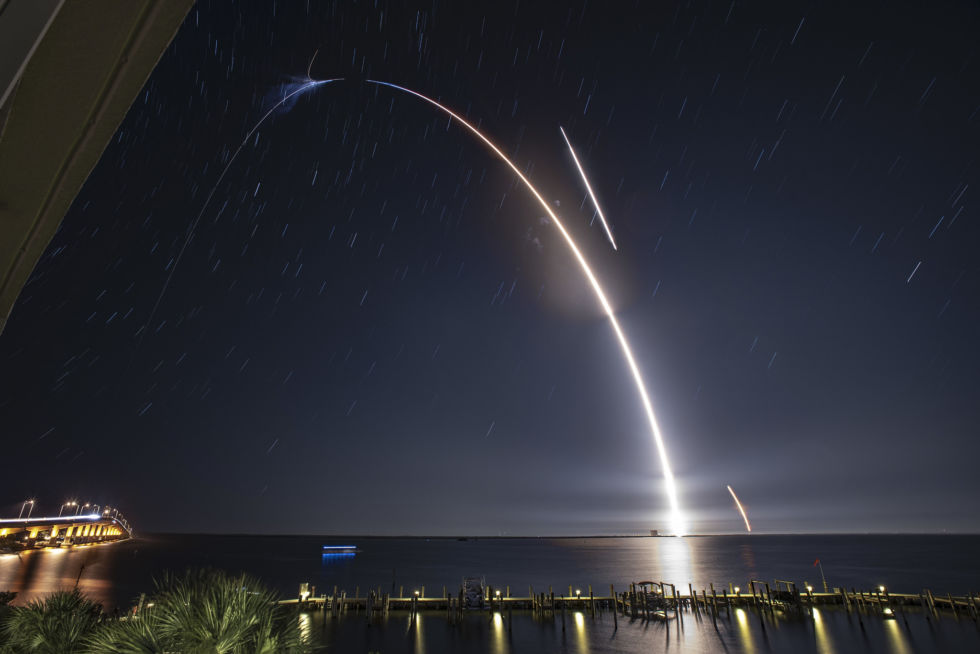With SpaceX scrub, NASA again demonstrates commitment to innovation
Ars Technica » Scientific Method 2019-05-07
-

A Falcon 9 launch, stage separation, and booster landing on Saturday morning in one long exposure. [credit: SpaceX ]
During the wee hours of Friday morning, as the clock counted down toward the launch of a Falcon 9 rocket, SpaceX engineers worked frantically at their control stations. They tracked the health of the rocket, the status of fuel loading, the nearby weather, and more for the mission to deliver supplies to the International Space Station.
"There was a lot going on, and I've got to applaud them because everything that was hitting the screen they were dealing with," the senior NASA figure at the launch, Kenny Todd, recalled later during a news conference. "There was a lot of talk on the loops when you consider the weather, the wind, the issues with the drone ship, and the helium leak."
As those last minutes ticked down, it seemed like the rain showers may have remained far enough offshore to get the launch off. Engineers also had concerns about a leak in the helium system used to pressurize the Falcon 9's second-stage fuel tanks. They would have to monitor it all the way down to the launch, but the SpaceX team thought it should be manageable.